
HORIST: Russia is an enigma
If you follow the political rhetoric, Russia is either an arch enemy of the United States or, in the view of President Trump, a competitor and potential friend. There is some justification for both points-of-view.
To understand Russia today, one needs to understand the history of our relationship with the largest nation (in land mass) on earth. It is predominantly an Asian nation by geography, but closer to Europe in culture. Perhaps that is because, in the Tsarist days, the leaders of Russia were kin of the western monarchies. Tsar Nicholas, that last of the royals, was the cousin of King George V of England.
Russia was a supporter of the American revolution largely because it was more concerned with the expansion of the British Empire. They did not send troops or military advisors, as did France and others, but they did give support to the fledgling nation within the international diplomatic community.
It was the same concern with England that led Russia to sell Alaska to the United States. Russia considered it a remote land that could not be easily defended even if they wanted to do so. They also believed it to be a land of limited resources – basically valuable only for commercial fur trading. Wow! Were they wrong. It turned out to be a better deal than the “purchase” of Manhattan.
Given today’s political climate, Native Americans have a better chance of getting Manhattan back than the Russians buying back Alaska. But, that is another story.
In World War I, the United States and Russia were allies until the Revolution in 1917, when communist Russia withdrew from the war. The rise of communism in Russia set the stage for the later Cold War. Still, Russia and the United States became allies-of-necessity in World War II. That ended with the end of the War.
The Chinese revolution under Mao Zedong created a shaky alliance between Russia and the Middle Kingdom. Suddenly, the world was divided between authoritarian communism and republican capitalism. While neither Russia or China engaged in direct military confrontation with the United States, “client wars” were fought in Southeast Asia, Eastern Europe, African and even in the Western Hemisphere – most notably Cuba.
China shifted from a hardline communist nation in the aftermath of the meeting between Mao and President Nixon. The two nations became more like friendly competitors – a relationship that exists to this day. “Friendly competitors” should not be defined as “friend” or “ally.” There is still an adversarial underpinning in the Sino-American relationship.
Russia, as the Soviet Union, remained an arch enemy of the United States. The NATO alliance was created for the sole purpose of stopping Soviet aggression further into eastern Europe. In response, Moscow created the Warsaw Pact – a dubious alliance composed of “nations” already under the hegemony of Mother Russia. It is particularly galling to Putin that a number of nations that were once forced into the Warsaw Pact are now members of NATO.
This was the Cold War standoff until that “evil empire” literally collapsed with a number of the old “captive nations” declaring their independence. Russia, itself, instituted a number of democratic reforms under Boris Yeltsin that led to a period of quasi-friendship between the Washington and Moscow. As in China, American business flooded the once dogmatic communist nation – some of which are coming back to haunt the Trump administration. Communism largely exists in name only as both Russia and China took on free market policies. Tourism, once banned, suddenly flourished.
Then along came Vladimir Putin.
Taking advantage of the corruption in both the public and private sectors, Putin elbowed his way to the top. Unlike Yeltsin, Putin was a ruthless and bitter head of the dreaded KGB – the Russian criminal intelligence agency. He came to office as a dedicated autocrat with a dream of re-establishing the old empire – or at least as much of it as he could.
Putin overcame his constitution’s limit of two CONSECUTIVE terms by having a flunky hold the office for one term while he served as the puppet master. He then resumed the presidency and is now in his second six-year term.
What complicates the current situation is that under Putin Russia is not at this moment the pure enemy of the Cold War days. Nor is he the friend of the Yeltsin era. There is no doubt that Putin represents the old thinking of a Russia that expands its interests through military force and diplomatic chicanery.
While Trump is the brunt of criticism for being too nice to Putin, the Russian dictator gained most in recent years by taking advantage of a weak, uncertain and passive foreign policy of President Obama. He was able to invade Ukraine and seize the strategically important Crimea. Putin had previously seized Georgia as part of the new scaled-down evil empire. Obama allowed Putin to save the dictatorship of Bashar al Asaad in Syria. With American acquiescence, Iran was allowed to make itself a dominant force in the Middle East. Putin helped prop up the dark and dismal dictatorship in North Korea.
In terms of meddling in our election, the failure of the Obama administration to take any action against Russia the minute the discovered and confirmed the meddling was nothing less than a green light Putin to continue – and even do more. Had the Obama administration immediately slapped sanctions on Russia, the hacking of the Democratic National Committee and the Clinton Campaign may never have happened.
Russia has always been a nation with a failing second-rate economy, but it has punched above its weight class because of the determination of Putin to toss down the gauntlet with threats and belligerence – much like the pipsqueak in Pyongyang.
The countervailing issue is that we also have a cooperative relationship with Russia. Putin plays on both sides enough to maintain a level of credibility as an ally of some sort. He does play a role in the seemingly endless pursuit of peace in the Middle East. We share a common interest in wiping out terrorism – at least those terrorists not associated with Iran. We have worked cooperatively in space – relying on Russian Rockets to shuttle our astronauts to the space station.
Despite all that, we must understand that Russia under Putin has only one mission – to make itself the most important, the most influential and the most powerful nation on earth. There is no value in any Munich-like bargains with Putin. He will take advantage of any soft spots in the world order to advance his goals. He is not afraid to use his military where diplomacy may not achieve his goals. The United States must block his expansionist interests at every turn.
It is true that the Trump administration has been harder on Russia and Putin and his predecessors, but that may only be the beginning of what is necessary. Trump can say all he likes about getting along with Putin, but he needs to look the guy in the eyes and make Putin know that the United States will not tolerate his expansionist police or his meddling in our internal affairs. Putin requires more than a slap on the hand. He needs to be hurt as only the United States and our western allies can hurt him.
It is not what Trump says publicly that matters. It is what he says, and how he says it, in that one-on-one meeting. It is what he is prepared to do if Putin responds like … Putin. The Russian dictator is a man who, if you give an inch, will take a nation. If Putin comes out smiling with his chest out, things did not go well.


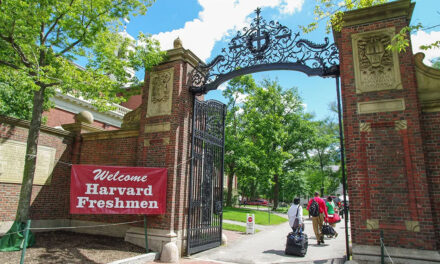

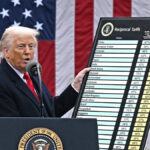
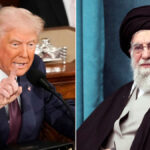
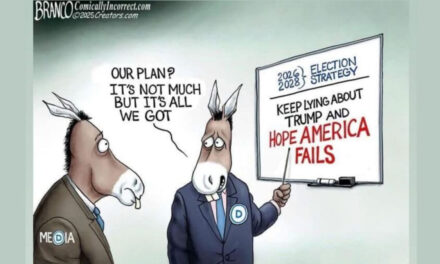



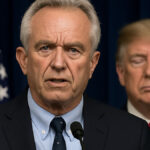
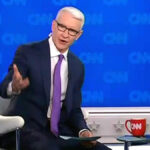
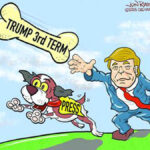
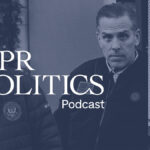

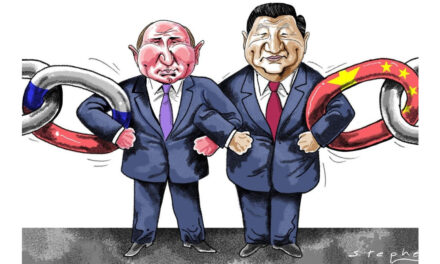
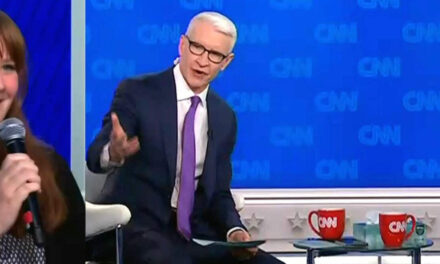

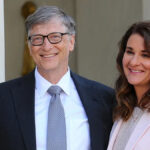


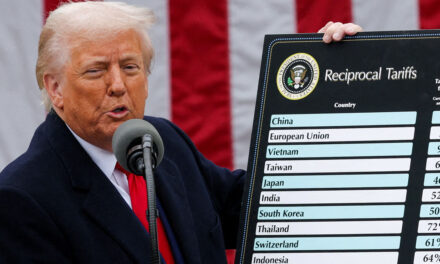
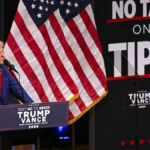
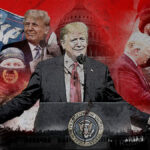

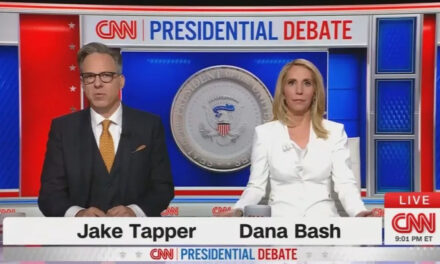

At last Larry has been heard from with "Leave a Reply". We know Larry is the author of the Reply…
Trump is probably the most fit President we have had in the White House for a President at any age.…
Cognitive and physical health. OMG. Elections have consequences. It’s proven that Trump is smarter than Frank Dunger. Any in agreement?…
He said, she said so who are we going to believe. Larry you cast a very dim light on the…
You asswipes aren’t good enough to give Trump a rim job. But speaking of Trump, he passed his physical examination…